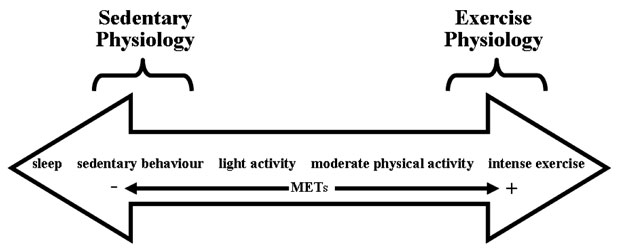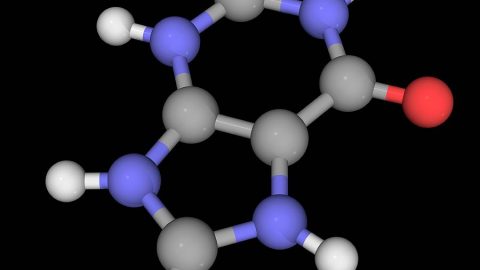“Obesogen” is a term you’ll be hearing more of in the near future as studies get done. I give a short description of this group of chemicals in the vid below, and there’s an extensive article linked below just published in The Scientist for those who want the details.
Obesogens: Low doses of environmental chemicals can make animals gain weight. Whether they do the same to humans is a thorny issue.
In 2005, Mike Skinner’s group at Washington State University published a disturbing observation: pregnant rats exposed to high levels of a commonly used fungicide had sons with low sperm counts as adults. When the males did succeed in impregnating a female, they bore sons who also had fewer sperm, and the gametes were less viable. The problem perpetuated through multiple generations, as Skinner’s lab observed the rats over several years.1
“We sat on [the results] for four years because it was a major observation, so we wanted to get as much on the mechanism as possible,” Skinner says. He and his colleagues found that altered DNA methylation patterns in the germ line were to blame.
To see if other environmental chemicals could have the same effect, they screened a host of potentially toxic chemicals: jet fuel, plastics ingredients, and more pesticides. Again, exposed animals had offspring with reproductive problems, which were passed down for generations. The researchers also saw another phenotype pop up again and again: obesity. Skinner first saw fat rats in his experiments after he’d injected females with a mixture of bisphenol A (BPA) and phthalates, substances used to make plastic products and, like the fungicide the researchers originally tested, known to be endocrine disruptors. The rats’ pups and their pups’ pups—animals that had direct exposure to the chemicals—showed other abnormalities, but were of normal weight. However, roughly 10 percent of third-generation (F3) rats descended from exposed females became obese.2
The results were interesting, but not particularly striking to Skinner—until his team tested DDT, a pesticide used widely in the U.S. before it was banned in the 1970s because of its impact on bird populations and concerns that it could harm human health. Again, rats whose mothers or grandmothers had been exposed to the chemical had normal body size. “But by F3, 50 percent of the population, both male and female, had obesity,” Skinner recalls. “We said, ‘Wow, this is sort of a major deal.’”3
Skinner’s thoughts turned to the dramatic rise in obesity rates among US adults over the past few decades; currently, more than a third of American adults are obese. “My guess is there’s probably not a woman who was pregnant in the 1950s who wasn’t exposed to DDT,” he says. “When we starting seeing the obese animals, it clicked. . . . Maybe these 1950s exposures had something to do with today’s human situation.”
Cont HERE
Will Brink is the owner of the Brinkzone Blog. Will has over 30 years experience as a respected author, columnist and consultant, to the supplement, fitness, bodybuilding, and weight loss industry and has been extensively published. Will graduated from Harvard University with a concentration in the natural sciences, and is a consultant to major supplement, dairy, and pharmaceutical companies.
His often ground breaking articles can be found in publications such as Lets Live, Muscle Media 2000, MuscleMag International, The Life Extension Magazine, Muscle n Fitness, Inside Karate, Exercise For Men Only, Body International, Power, Oxygen, Penthouse, Women’s World and The Townsend Letter For Doctors.
He’s also been published in peer reviewed journals.
Will is the author of the popular e-books, both accompanied by private members forum access , Bodybuilding Revealed & Fat Loss Revealed.
You can also buy Will’s other books on Amazon, Apple iBook, and Barnes and Noble.




Thanks Will. I haven’t heard that term before, but as you say I’m sure someone will try to exploit it and make money with it. It’s the World we live in.
As usual, Will is right on. Always appreciate a sober, objective assessment of these topics. As a generality, it is difficult to trust what you see on the internet, but the Brinkzone is something I have come to rely on for eloquent assessments. THANKS!
Glad you enjoyed it Jim!
i am learning about yoga and weight loss diet and i want to know more on these topics. how yoga can helps to loss weight by yogajunction.tk